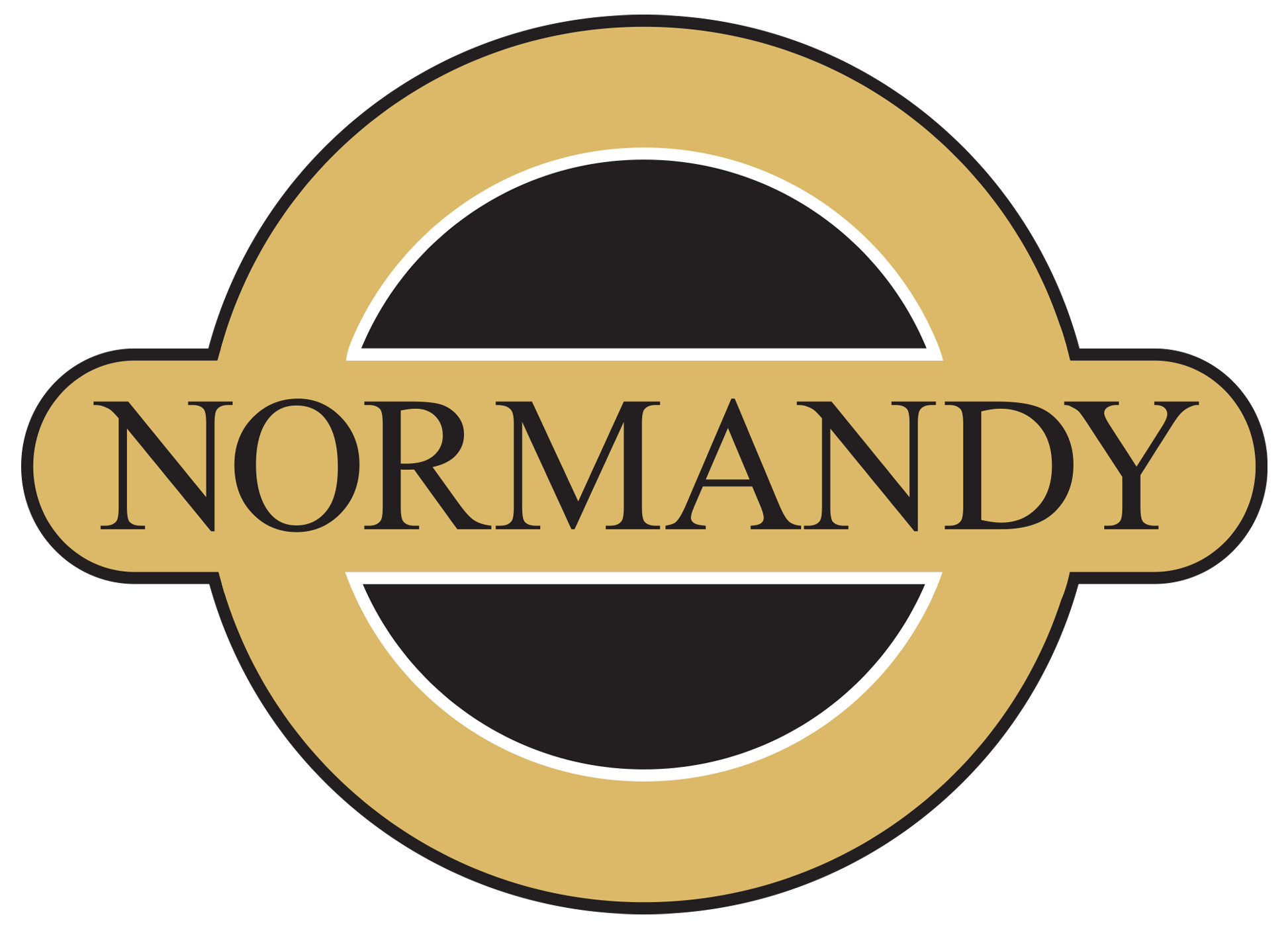Cash
Arguably the most straightforward of all the payment options, paying for your remodel with cash, or more likely with a check, means you’ve saved up to cover the cost of the renovation. You simply make payments at the various milestones as your project is completed.
HELOC
A Home Equity Line of Credit (also known as a HELOC) is very similar to a Home Equity Loan. A bank will evaluate the amount you still owe on your mortgage, compared to your home’s value. They typically will allow you to borrow 80-90% of your home’s value, less what’s owed for your existing mortgage, and the difference will be your available Home Equity Line of Credit.
For example, let’s say your home is valued at $500,000 and you owe $250,000 on your mortgage. If you take 80% of your home’s value ($500,000 * 80%) that gives you a total amount available to leverage of $400,000.
Subtract the remaining mortgage balance ($400,000 – $250,000) and you find that your total available Home Equity Line of Credit is up to $150,000.
HELOC’s are typically a 10 year term and you only are required to pay the interest during that term, and only for the funds you have drawn from the line. At the end of 10 years you can either pay off the entire balance, roll it into a refinance, or re-apply for another line of credit. Your financial provider can give you more details about this option, but this general overview can help you create some “back of the napkin” math to figure out how much you might have available for finding a remodel.
Cash-Out Refi
A Cash Out Refinance allows you to leverage the equity you’ve built up in your home and create a new mortgage at a higher dollar figure, receiving a check for the difference between your old mortgage balance due, and the new one.
This is similar to a HELOC, except in this example the cash is paid out all at once, you get a new single mortgage, rather than a secondary loan in addition to your mortgage, and you pay interest on the entire amount right away. You can typically create your new mortgage up to 80% of your home’s value, similar to other types of loans.
So, for example, let’s say your home is worth $500,000. If you opted for this type of refinance, you could refinance and get a new mortgage up to 80% of that value, or $400,000. If your prior mortgage balance was $300,000, then the bank would give you a check for $100,000 and your new mortgage would be in place.
Construction Loan
Of all the financing options, the Construction Loan is the only one that takes into account the future value of your project when determining the funds available to borrow. Construction loans allow you to take the current value of your existing home, plus the likely value of your home after the improvements and borrow according to the likely future value. This makes construction loans a good fit for projects that add square footage, or bedrooms or bathrooms, since these will tend to increase your home’s value directly more than say, updating your kitchen. Let’s do an example to illustrate the point.
If your home is worth $500,000 today and you owe $400,000 on your mortgage, you would likely not be able to refinance above that 80% threshold to gain funding for an addition. However, if you are considering an addition that will likely make your newly remodeled home worth $700,000, choosing a Construction Loan may create opportunities for borrowing funds that would otherwise be unavailable. At a new home value of $700,000, you could likely create a mortgage at 80% loan to value which means you could borrow $560,000 ($700,000 * 80%). If you subtract your existing mortgage from that total ($560,000 – $400,000) that would leave you with up to $160,000 in funds available to pay for the addition.
While it likely would not cover the entire expense of the addition, it certainly creates options for covering the cost that would not have otherwise been available. Construction loans are a bit more complex than other types of lending options, so it’s important to talk with your lender to make sure you explore all the facets of your financing options before choosing a loan that’s right for you and your project.



